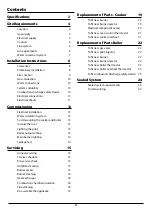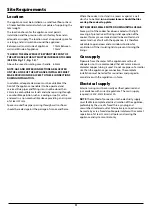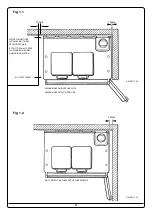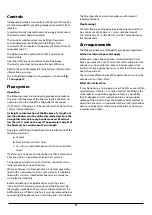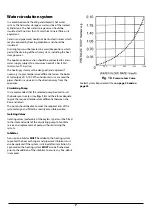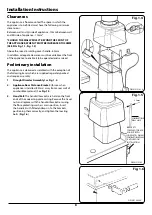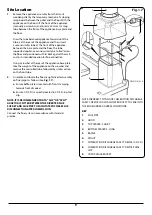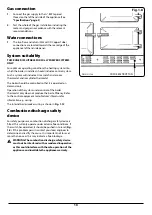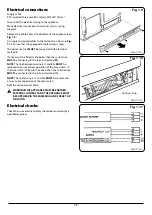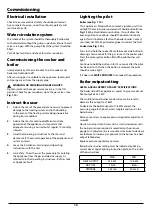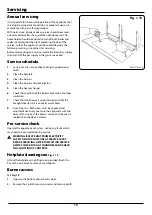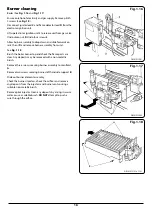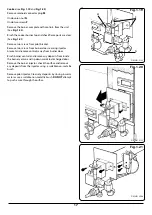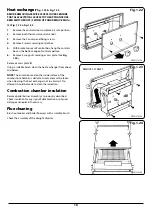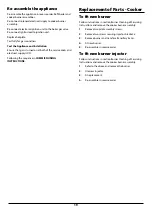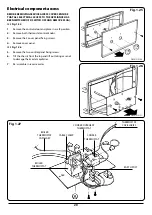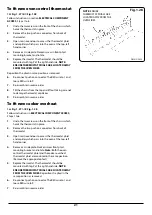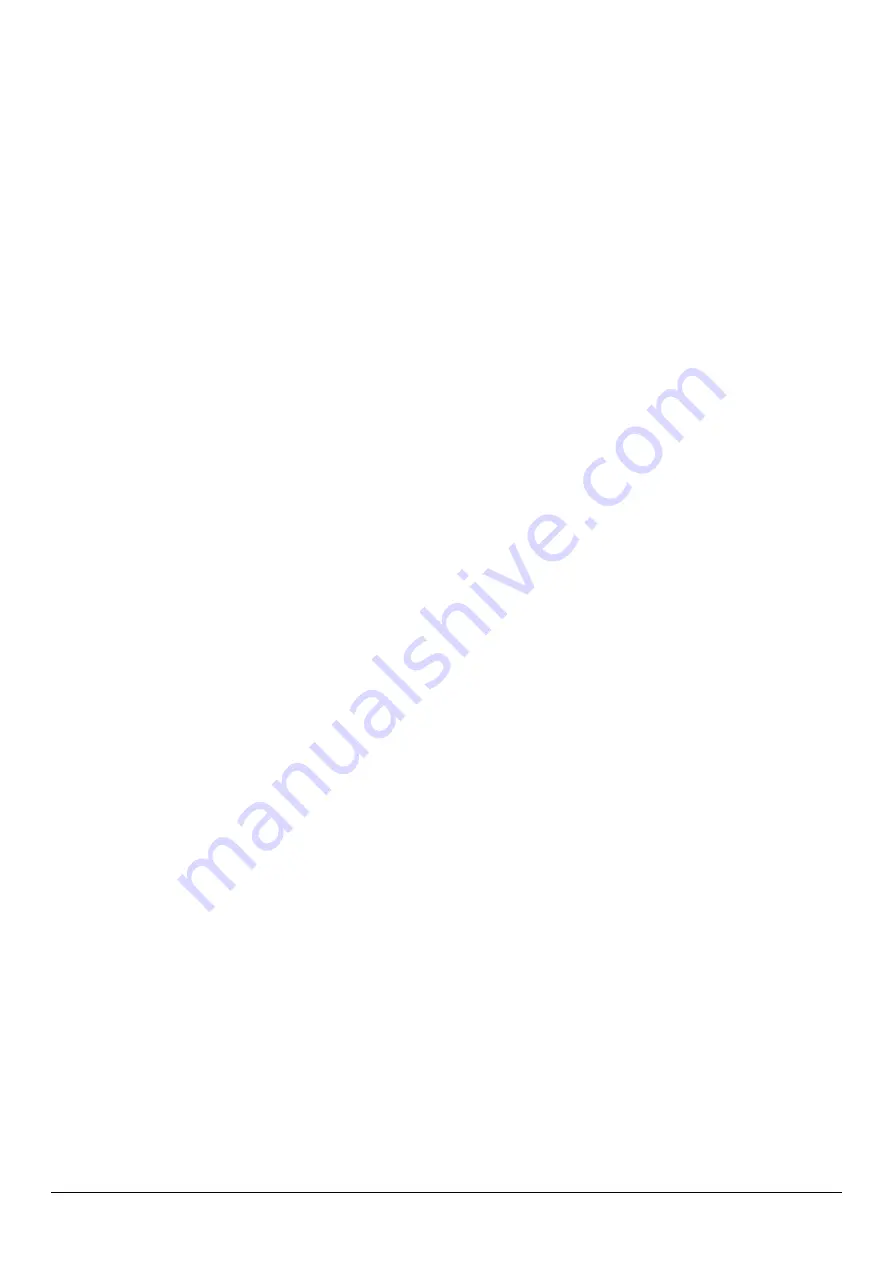
6
Controls
Independent temperature controls with time switch control
are recommended for providing temperature comfort from
radiators.
Typical controls can be motorised valves operated by room
thermostat and cylinder thermostat.
Thermostatic radiator valves may be fitted if required
and consideration should be given to fitting a frost
thermostat which should set to operate at a temperature of
approximately 4ºC.
The boiler should be controlled so that it operates on
demand only.
Operation of the system under control of the boiler
thermostat only, does not produce the best efficiency.
Refer to the control equipment manufacturer’s literature for
information e.g wiring.
The internal boiler/cooker wiring diagram is shown in
Fig.
1.12on page 12
.
Flue system
Open Flue
The following notes are intended to give general guidance.
The cross sectional area of the flue serving the cooker must
not be less than the area of the flue outlet of the cooker
(12,273mm2). If flue pipe is to be used it must not be less than
125mm internal diameter.
A straight vertical section of the flue pipe of a length not
less than 600mm must be utilised immediately above the
draught diverter before any bends are used. Bends not
less than 135º must not be used. The equivalent height of
the flue must be a minimum of 3m in length.
Flue pipes and fittings should be constructed from one of the
following materials:-
a.
Cement
b.
Aluminium or stainless steel
c.
Cast iron or mild steel acid resistant vitreous enamel
lined.
If a chimney is to be used, it should be one that is composed,
of or lined with, a non-porous acid resistant material.
A flue pipe constructed in (a) to (c) above, should form the
initial connection to lined chimneys.
Where a chimney is to be used, which is not composed of or
lined with a non-porous acid resistant material, it should be
lined with a stainless steel flexible flue liner, in accordance
with relevant standards.
Before connecting the appliance to or inserting a liner
into a flue that has been previously used, the flue must be
thoroughly swept clean of any soot and loose materials. If a
baffle plate, etc is fitted in the flue it must be removed before
connecting the appliance to, or inserting a liner into the flue.
The flue should terminate in accordance with relevant
recommendations.
Flue Terminal
The total free area of the openings in the flue terminal must
be a minimum of 24,546mm2 = (cross sectional area of
125mm dia flue x 2) in the UK GC1 and GC2 terminals meet
this requirement.
Air requirements
The following notes are intended to give general guidance:-
Kitchen or Internal Space Air Supply
Wherever an open flue appliance is to be installed it must
have a permanent air vent. This vent must be either direct to
outside air or to an adjacent room or internal space which
itself must have a permanent air vent of at least the same size
direct to outside air.
The minimum effective area of the permanent air vent in the
outside wall must be 147cm2.
Effect of an Extract Fan
It may be necessary to increase air vent by 50% or consult fan
manufacturers. If there is any type of extract fan fitted in the
same room as an open flue appliance there is a possibility
that if adequate air inlet are from outside is not provided,
spillage of the products from the appliance flue could occur
when the extract fan is in operation. Where such installations
occur, a spillage test must be carried out and any necessary
remedial action taken.


